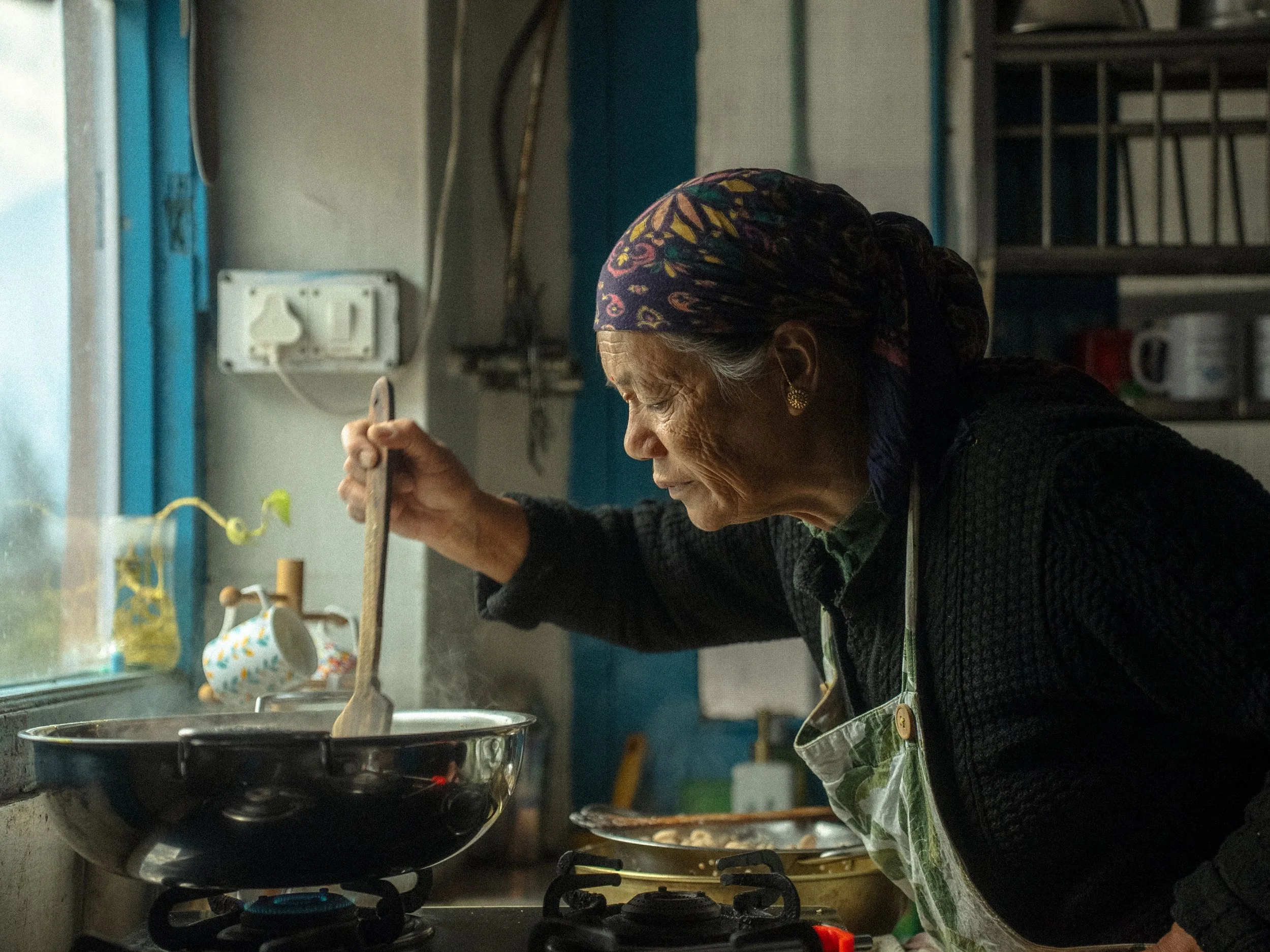Taadi: The Story of Madhya Pradesh’s Tribal Elixir

Extracted from the palm tree sap, taadi is an integral part of the cultural fabric of the Bhil community of Madhya Pradesh.
There has been a rise in the popularity of low and non-alcoholic ready-to-drink beverages in the mainstream urban Indian market. However, before commercially-produced packaged drinks, similar beverages, sourced from nature, have long been savoured by communities and tribes across the country. One of them is taadi — a beverage extracted from the sap of the palm tree, that rests on both sides of the alcohol spectrum — a potential health drink, and a country wine.
The tribe-dominated regions of western Madhya Pradesh, bordering Maharashtra and Gujarat, are blessed with an abundance of palm trees. By and large, the people of the Bhil, Bhilala and Pataliya tribes grow these taadi trees on the ridges of their farmlands. There’s a popular saying in the region, ‘Baap taad ka ped boye aur beta taadi nikalke beche’ (Father sows the palm tree and the son sells the taadi from that tree). A tree becomes mature enough to yield taadi only after 20-25 years, and climbing these trees requires a practiced skill; most are as high as 3-storeyed buildings. For generations, Bhil fathers have taught their sons this risky but rewarding technique, using a strong leather band around the feet or waist to assist them as they scale the tree.
A Glass of Taadi to Keep the Ailments Away
Every year, from the beginning of spring to the end of summer, Bhil men spring up the palm trees to collect its sweet-sour, frothy nectar, which they later enjoy under the shade of the same tree. Gulping down a glass of taadi, with a handful of fire-roasted green chana and some spicy sev — this is all one needs to start the day — or end the night, in these farms surrounded by teak, mango, and mahua forests.
The taadi here is usually available in two varieties — vanjhya and phalnya. Vanjhya is available through January and February, is easy on the palate, and has a higher alcohol content after fermentation. Phalnya, on the other hand, is available from March to May. The extraction process is similar to palm wine tapping across the country, accommodating local and cultural adaptations, of course. The taadi tapper peels the tree's crown and attaches an earthen pot to it — known by many names, including kupalia, varia, and katholia. The taadi trickles out and is collected over the course of the night. The full pot is then removed before dawn.
From Day-Time Immunity Booster to a Sundowner
After its pre-dawn collection, taadi must be stored away from sunlight; the drink has a high glucose content, and attracts honey bees if left uncovered. The drink is consumed as an energy and immunity booster, an aid to digestion, and often as a hunger suppressant, as keeps the stomach full and cool for a long time. It is full of sucrose, protein, ascorbic acid, amino acid, vitamins, and fibre in substantial quantities. Locals rely on taadi as a home remedy for all kinds of ailments. Kidney stones? Drink taadi. Fever? Mix brown sugar with taadi and drink. Maintaining good bone density? Drink taadi. Problems breastfeeding? Fresh taadi is the answer. Eyesight failing you? Ditch the carrots and Just. Drink. Taadi.
Regular drinkers will tell you the ideal time to drink taadi is 11 am and 5 pm. It is sugary sweet, a little sour, and has a lingering floral-effervescence. It is a drink that grows on you — with hint of coconut water and tangy buttermilk. Taadi is not self-important; it is a simple yet refreshing drink that brings a natural glow to the face; the gentle, foamy melody of summer fun.
Over the course of a day, taadi changes into a cloudy, slightly bitter alcohol, ready for its new avatar as a sundowner! At twilight, family and friends gather together to enjoy this newly transformed drink, savouring its relaxing high under a canopy of palm trees, below a dusky sky. Joyfully, moderate consumption won’t leave you with a hangover.
Not surprisingly, taadi has found its place in the folk and cultural aspects of the Bhil tribe. Songs are composed in Bhili, a language that is a mix of Bundelkhandi, Gujarati, Rajasthani, and Marathi. Weddings and birthdays are incomplete without taadi. The now-famous Bhagoria fest, Holi, and Ujaadia Haat see the most colourful avataars of the tribe. Men dancing in processions, women dressed in colour-coded finery adorned with heavy silver jewellery — all of them drinking taadi, in a festive mood. But taadi is not a companion only during celebratory times, but is an extension of the tribe’s religious culture. In memory of their ancestors, taadi is offered during funerals. Many times, it is also used in poojas for Shitla Devi and Lord Shiva.
Serving taadi to guests is a mark of hospitality in a Bhil home. Any visitor or a relative is offered comradeship in the form of this delightful beverage, rather than the more conventional tea. And when all festivities have been enjoyed, all rituals complete, taadi still holds space in a Bhil home, until the last drop of the season has been consumed, served or sold.
Vallari Apte is an independent writer from Indore, MP who is passionate about food, drinks, travel, and culture- all unified into her writings. Follow her work here.
Avinash Wadhela is an Assistant Project Co-ordinator at Alirajpur District Education Department, MP, who hails from the Bhil community and is an active advocate for various tribal cultures.
ALSO ON THE GOYA JOURNAL









